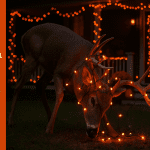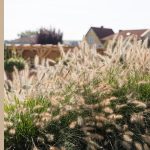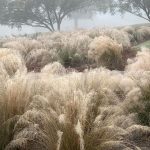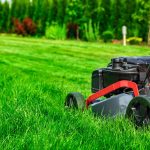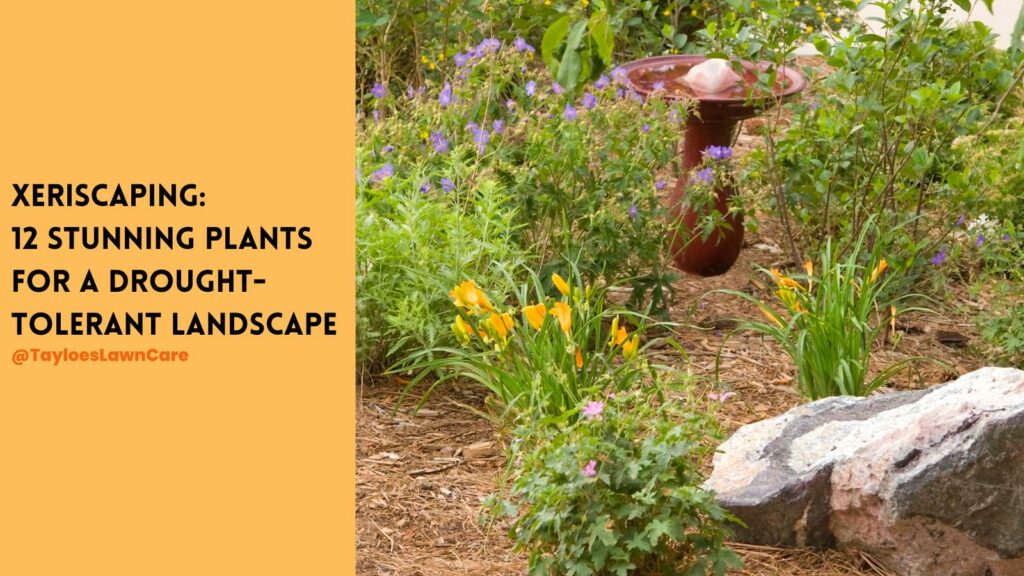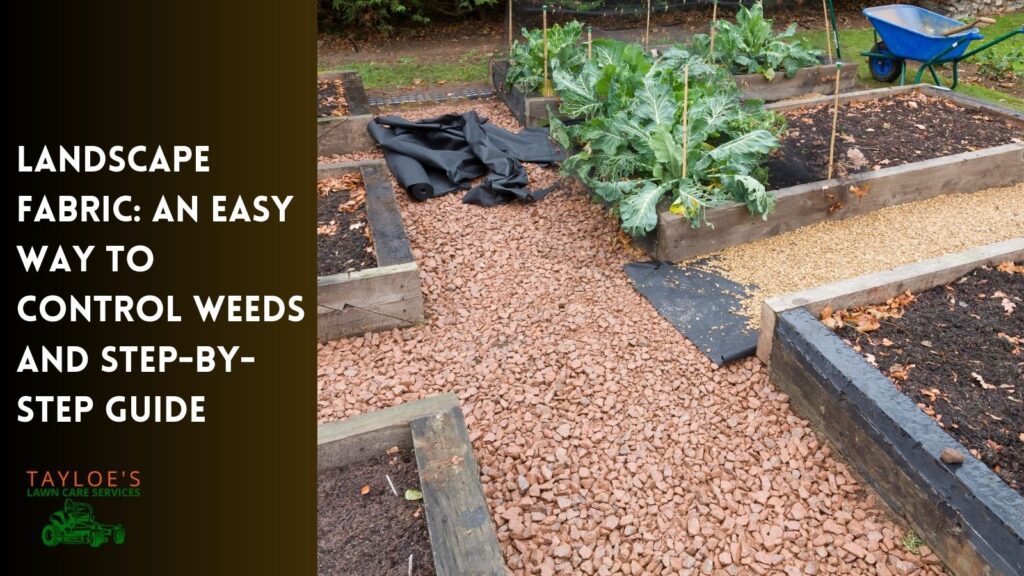Last Updated on: 10th November 2023, 05:36 pm
Well-planned softscape elements can become showstoppers.
When it comes to creating a captivating landscape, it’s crucial to understand the two fundamental elements: hardscaping and softscaping. Hardscaping focuses on the structural and non-living components that form the backbone of your outdoor space. Think pathways, patios, and retaining walls. Conversely, softscape elements steal the limelight by incorporating the living elements that infuse life and beauty into your landscape design.
By the end of this content, you will have a better idea of the following:
- The definition of softscaping
- Its importance in landscape design
- The benefits of including soft scape elements
- Practical design tips.
Defining Softscaping: Bringing Life and Harmony to Your Landscape
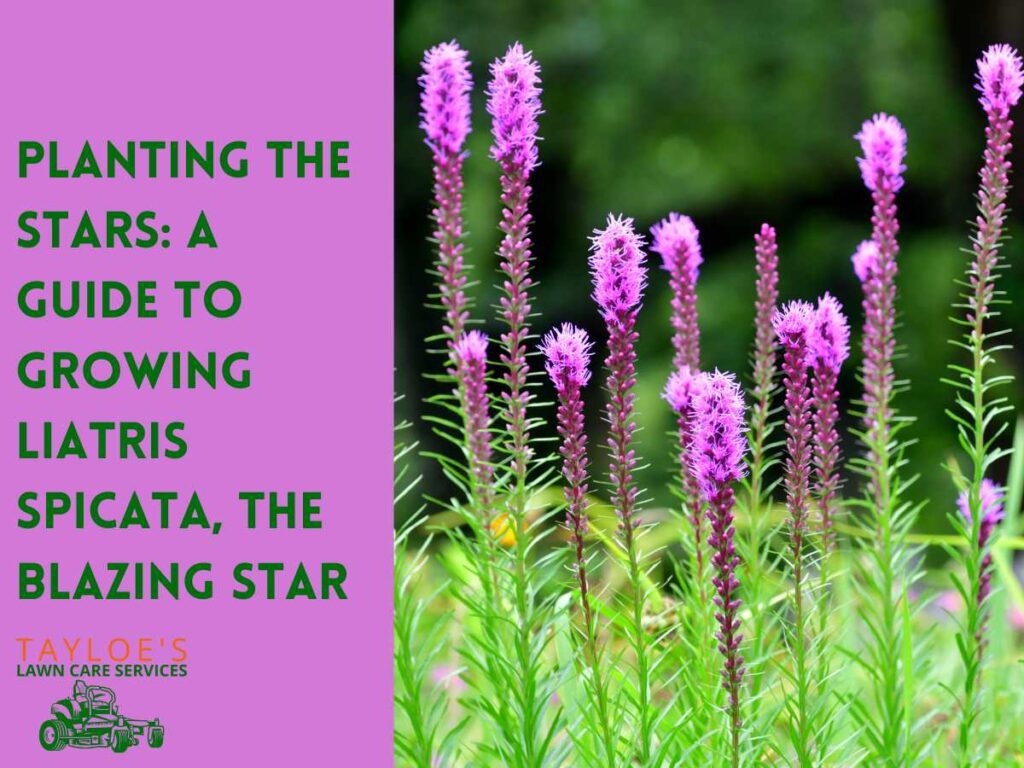
Softscaping is the artful arrangement and strategic placement of living elements within your landscape design. It encompasses the thoughtful incorporation of various types of vegetation. That plan may include trees, shrubs, flowers, grass, and other organic materials. Each element contributes to an environment that is harmonious, inviting, and visually captivating.
Unlike hardscaping, which primarily focuses on the built environment, soft scaping infuses nature’s vibrant palette into your outdoor space. By skillfully integrating living elements, soft scaping adds visual appeal and contributes to functionality, environmental benefits, and overall well-being.
Softscaping not only enhances your landscape’s aesthetic appeal but also offers many benefits that extend beyond visual gratification. The deliberate selection and placement of vegetation in your outdoor space can contribute to its functionality, creating relaxation, recreation, or gathering areas.
Moreover, softscaping plays a pivotal role in promoting environmental benefits, such as improving air quality, conserving water, supporting biodiversity, and mitigating the effects of climate change.
Additionally, natural elements in your landscape can positively impact your well-being, fostering a deeper connection with nature and providing a peaceful and soothing environment.
The Importance of Softscaping: Beyond Visual Beauty
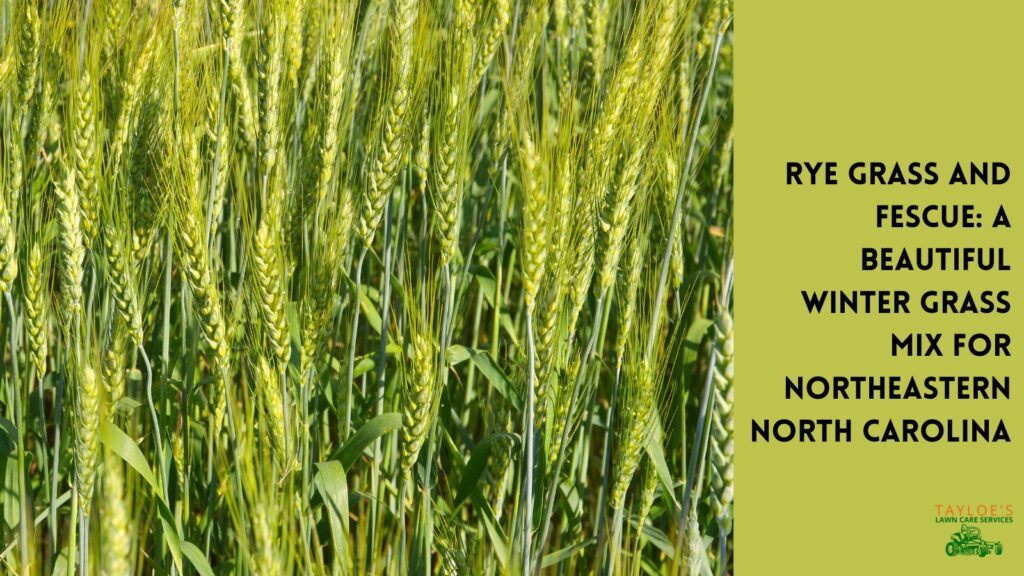
- Enhancing Aesthetics: Softscaping breathes life into your landscape by adding colors, textures, and dimensions. The thoughtful combination of different plants, flowers, and trees can create a visually captivating and inviting atmosphere. You can achieve a harmonious blend of color schemes with careful selection and planning. As a result, you’ll ensure that your landscape remains vibrant throughout the changing seasons.
- Creating a Connection with Nature: In today’s fast-paced world, incorporating softscaping in your outdoor space allows you to connect more deeply with nature Trees, flowers, and other greenery create a serene and calming environment, offering respite from the stresses of daily life. It allows you to immerse yourself in the beauty of nature, fostering a sense of tranquility and well-being.
- Environmental Benefits: Softscaping goes beyond aesthetics and holds tremendous environmental significance. Trees and plants play a crucial role in purifying the air by absorbing carbon dioxide and releasing oxygen through the process of photosynthesis. Additionally, well-placed vegetation can provide shade, reducing the need for excessive air conditioning during hot summer months and consequently conserving energy. Softscaping also aids in preventing soil erosion by acting as natural windbreaks and preserving the integrity of your landscape.
- Increased Property Value: A thoughtfully designed softscape plan enhances the visual appeal of your property and adds value to it. A well-maintained and beautifully landscaped yard attracts potential buyers, improving curb appeal and making a positive first impression. Investing in soft scaping can be a wise decision, as it offers a substantial return on investment by elevating the overall value of your property.
- Noise Reduction and Privacy: Softscaping elements, such as dense shrubs, trees, and hedges, can act as natural barriers that help reduce noise pollution from surrounding areas. They create a sense of privacy. Thus, they allow for a more peaceful and tranquil environment within your outdoor space.
- Habitat Creation: Softscaping assists local ecosystems by providing a refuge for birds, insects, and other wildlife habitats. So incorporate native plants into your softscape. Your efforts will attract a diverse range of beneficial insects, butterflies, and birds, contributing to the overall biodiversity of your surroundings.
- Water Management: Softscaping can play a crucial role in managing water resources. Well-designed softscapes can help prevent soil erosion and stormwater runoff by absorbing and filtering rainwater. By incorporating elements like rain gardens, bioswales, and permeable surfaces, you can contribute to sustainable water management practices.
- Health and Well-being: Vegetation and green spaces support numerous health benefits. Softscaping in your outdoor environment can create a sense of serenity and tranquility, reducing stress levels and promoting mental well-being. Studies have shown that exposure to nature and greenery can improve mood, enhance cognitive function, and even accelerate healing.
- Sustainable Landscaping: Softscaping supports sustainable landscaping by utilizing organic materials and minimizing the use of synthetic chemicals. By employing eco-friendly practices like composting, mulching, and water-efficient irrigation techniques, softscaping contributes to a more sustainable. When well-planned, it can be an environmentally responsible approach to landscaping.
- Seasonal Interest and Variety: Softscaping allows for incorporating plants and flowers that offer seasonal interest and variety. By carefully selecting a combination of plants with different blooming times, foliage colors, and textures, you can create a landscape that evolves throughout the year, providing ongoing visual interest and delight.
- Community Benefits: Softscaping not only enhances the beauty of your property but also contributes to the overall aesthetics and appeal of the community. Well-maintained softscapes in neighborhoods and commercial areas improve the quality of life for residents, create a sense of pride, and foster a stronger sense of community.



The Takeaway: Softscape Elements Play a Vital Part in Beautifying Your Lawn and Gardens
Whether you’re a homeowner or a commercial building owner, consider the full potential of softscaping when upgrading the look of your property exteriors. As a result of good planning, you’ll enjoy a landscape that’s visually pleasing and more sustainable, attractive, and for greater well-being.
Good softscape planning is integral in landscape design. It allows homeowners and small business owners to create outdoor spaces that are both visually stunning and functional. Are you ready to transform your landscape into a captivating environment that promotes well-being, harmony, and environmental sustainability? Give Tayloe’s Lawn Care Services a call or text us today @ 252.287.3376. We can stop by to give you a free estimate.
Author Profile

- Randy Tayloe is the COO of Tayloe's Lawn Care Service, LLC. He is a certified custom applicator, recognized by the North Carolina Department of Agriculture Pesticide Division. A native of Bertie County, NC, and graduate of Bertie High School, he wants to beautify his home county - one yard at a time.
Latest entries
 FaunaOctober 3, 2025Fall decorations that endanger wildlife (and how to avoid the risks)
FaunaOctober 3, 2025Fall decorations that endanger wildlife (and how to avoid the risks) GardeningApril 1, 2025Fountain grasses add colorful foliage and movement
GardeningApril 1, 2025Fountain grasses add colorful foliage and movement GardeningMarch 21, 2025White cloud muhly grass growing guide
GardeningMarch 21, 2025White cloud muhly grass growing guide Lawn CareFebruary 25, 2025Should I mow every week?
Lawn CareFebruary 25, 2025Should I mow every week?

